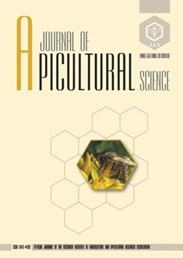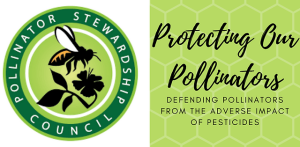J. APIC. SCI. Vol. 66 No. 2 2022J. APIC. SCI. Vol. 66 No. 2 2022

SURVEILLANCE OF VIRUSES IN VARROA DESTRUCTOR SAMPLES COLLECTED FROM HONEY BEE COLONIES IN ONTARIO, CANADA, BETWEEN 2015 AND 2019
Nuria Morfin1 Paul Kozak2 Lisa Ledger3 Qiu You3 Patricia Bell-Rogers3 Jennifer Zechel3 Aparna Krishnamurthy3 Durda Slavic3 Ernesto Guzman-Novoa1 Hugh Y. Cai3*
Abstract
Varroa destructor parasitism is associated with extreme honey bee (Apis mellifera) colony losses in the northern hemisphere. Varroa destructor causes severe damage, including a decrease in bee longevity and immunosuppression, and acts as a vector for viruses, such as Deformed wing virus (DWV-A). The surveillance of viral pathogens in V. destructor samples is essential to assess risks of emerging virulent viral variants (such as VDV-1) and evaluate their impact on honey bee health. Thus, the objective of this study was to identify viral pathogens in V. destructor and honey bee samples collected in Ontario, Canada, from 2015 to 2019 with the use of metagenomics and real time PCR (qPCR). DWV-A and VDV-1 had the highest abundance of viral transcripts (7.5 log2 and 5.72 log2, respectively). Acute bee paralysis virus (APBV) and Bee macula virus were also identified. Viral identification and quantification in V. destructor samples using metagenomics will facilitate the surveillance of viral pathogens. This surveillance technique will assist diagnostic laboratories in delivering timely and accurate diagnoses and risk assessments, which in turn will help honey bee producers to take adequate measures to mitigate the damage caused by V. destructor and associated viruses.
We are here to share current happenings in the bee industry. Bee Culture gathers and shares articles published by outside sources. For more information about this specific article, please visit the original publish source: Surveillance of Viruses in Samples Collected from Honey Bee Colonies in Ontario, Canada, between 2015 and 2019 (sciendo.com)








